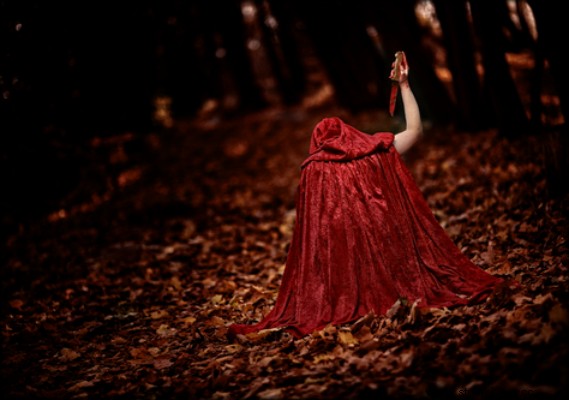
When we come across the story of Little Riding Hood red , we're always hoping that Little Red Riding Hood and Granny can escape the big bad wolf's sharp and evil claws. Did the story of Little Red Riding Hood always have a happy ending? Has this wish for a happy ending always prevailed in human history?
In the contemporary version of the story (there are several variations of the story), Red Riding Hood's mother makes a portion of goodies (candy, cookies, rolls) and asks the child to take it to her home. grandmother, who was sick. Little Red Riding Hood's mother gives him a series of guidelines to get there safely (don't talk to strangers, don't say where you're going and don't stop for anything).
The girl had to cross an entire forest to get to her grandmother's house. On the way, she met a wolf who claimed to be an angel of the forest. He asked where the child was going and Little Red Riding Hood replied that he was going to his grandmother's house, indicating to the wolf where the house was.
On arriving home, Little Red Riding Hood called her grandmother, who did not answer. As soon as he entered, he thought that his grandmother must be very sick and that's why he hadn't gotten out of bed. In this version of the story, the wolf dressed up as a granny and tried to trick the girl into eating her flesh. At the end of the story, Little Red Riding Hood and her grandmother managed to escape the evil clutches of the big bad wolf, the two were saved by hunters who managed to kill the wolf and the story ended with a happy ending.
The quotes above are a romantic version from the story of Little Red Riding Hood, which emerged with the literary romanticism started in Europe at the end of the 18th century. The story of Little Red Riding Hood, according to American historian Robert Darnton , in his book entitled ‘The Great Massacre of the Cats and Other Episodes of French Cultural History ’ originated in the European Middle Ages. She was raised by peasants who had to go to work in the fields and leave their children alone at home.
According to Darnton, the plot of the story of Little Red Riding Hood, created in the Middle Ages, unfolded with a tragic end of the grandmother and the child. The wolf took the grandmother's life, and later, with the old lady's flesh and blood, held a feast, on which Little Red Riding Hood ate abundantly. Soon after, the wolf also fed on the flesh of Little Red Riding Hood.
By leaving their children alone at home, according to Darnton, the peasants created a scary story , with the tragic end, to prevent their children from going to the dangerous forests and woods in the absence of their parents. With the development of history, changes and transformations occurred in the tale of Little Chapeuzinho, according to each historical context and the prevailing moral, ethical and cultural values.
